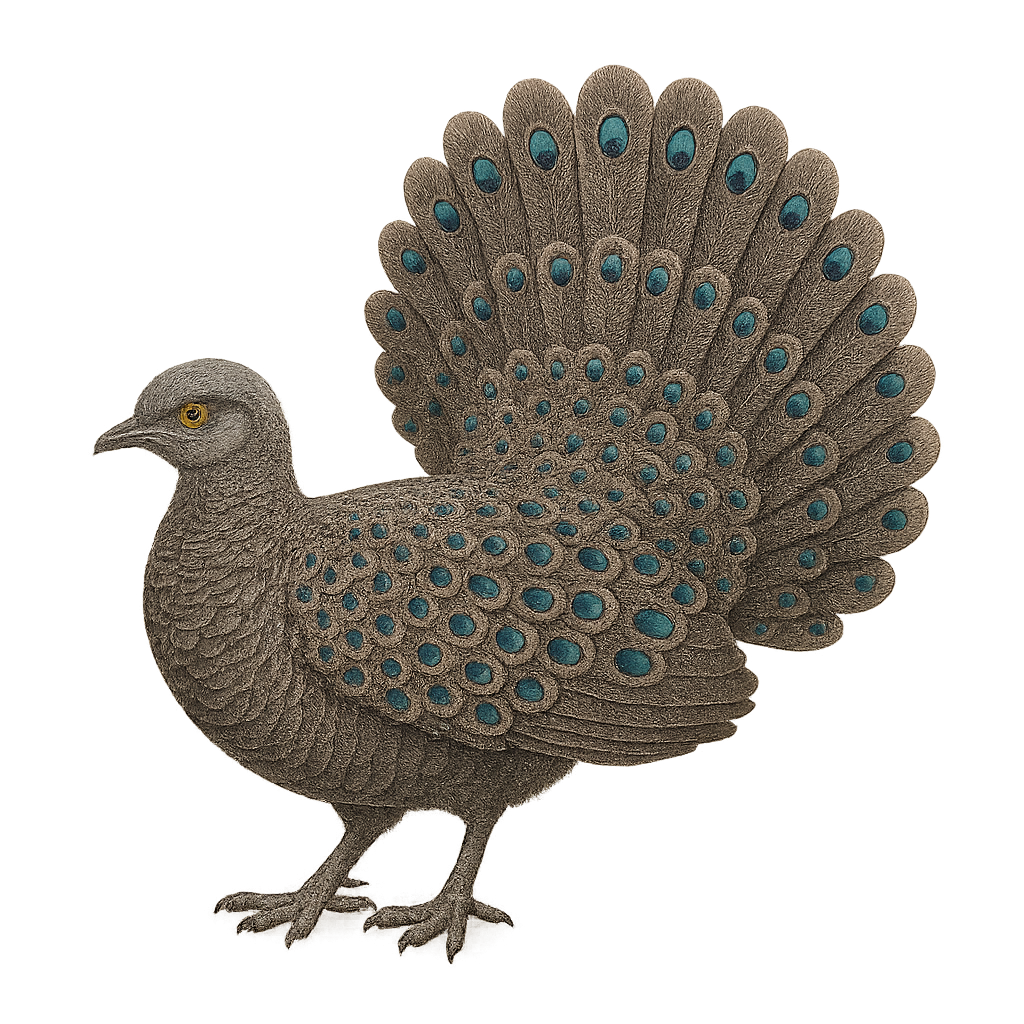Your wildlife photography guide.
Explore the grey peacock-pheasant in detail, study its behavior, prepare your shots.
Where to observe and photograph the grey peacock-pheasant in the wild
Learn where and when to spot the grey peacock-pheasant in the wild, how to identify the species based on distinctive features, and what natural environments it inhabits. The WildlifePhotographer app offers tailored photography tips that reflect the grey peacock-pheasant’s behavior, helping you capture better wildlife images. Explore the full species profile for key information including description, habitat, active periods, and approach techniques.
Grey Peacock-Pheasant
Scientific name: Polyplectron bicalcaratum

IUCN Status: Near Threatened
Family: PHASIANIDAE
Group: Birds
Sensitivity to human approach: Shy
Minimum approach distance: 10 m
Courtship display: March to July
Incubation: 22-24 jours
Hatchings: March to August
Habitat:
Tropical forests, subtropical forests, montane forests
Activity period :
Primarily active during the day, with peak activity in the morning and late afternoon.
Identification and description:
The Grey Peacock-Pheasant, or Polyplectron bicalcaratum, is a captivating bird from the Phasianidae family, native to the dense forests of Southeast Asia. It is recognizable by its grey plumage adorned with eye-like patterns, giving it a majestic appearance. Males display long tail feathers during courtship to attract females. This bird prefers forest habitats where it feeds on seeds, insects, and small invertebrates. Although discreet, it is sometimes seen in small family groups. Its ability to blend into dense vegetation makes it difficult to spot, but its melodious call often reveals its presence.
Recommended lens:
400 mm – adjust based on distance, desired framing (portrait or habitat), and approach conditions.
Photography tips:
To photograph the Grey Peacock-Pheasant, it is advisable to use a telephoto lens of at least 400mm to capture detailed images without disturbing the bird. Given its shy nature, it is best to remain at a distance of about 10 meters. Look for areas where natural light filters through the forest canopy to achieve well-lit shots. Be patient and wait for the bird to feel comfortable to capture moments of natural behavior, such as displaying its feathers during courtship.
The WildlifePhotographer App is coming soon!
Be the first to explore the best nature spots, track rutting seasons, log your observations, and observe more wildlife.
Already 1 439 wildlife lovers subscribed worldwide

